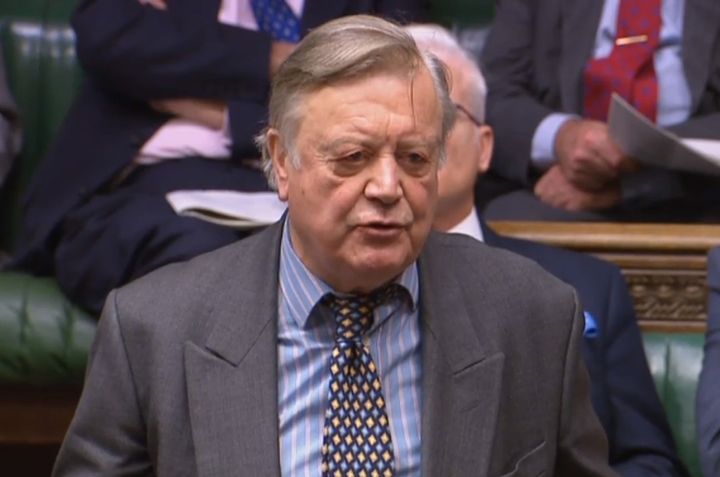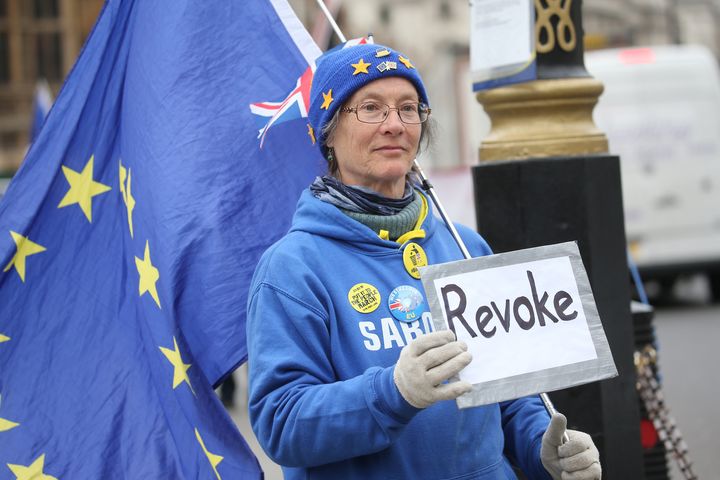MPs are set to take part in another round of historic votes on alternatives to Theresa May’s Brexit plan.
They will be hoping that the Commons can finally form a majority around one option, given that it has already rejected a no-deal Brexit and the prime minister’s deal multiple times.
MPs failed to back a single one of the eight options in last week’s votes. But Speaker John Bercow has narrowed down Tuesday’s votes to just four alternatives. So what are they?
Customs union
Who’s pushing it?: Tory Ken Clarke

What is it?: This motion calls on May to add to her deal a “minimum” commitment to negotiate a permanent and comprehensive customs union with the EU.
This would make it easier for trade to continue across the UK border with the EU without the need for customs checks, but would not deliver the same benefits of membership on its own.
But critics say it would stop the government signing free trade deals with other countries around the world because it would require Britain to impose the same tariffs on goods from outside the EU as all the countries in the bloc.
Chances of success: This emerged as the frontrunner in the first round of indicative votes, losing by a majority of just six. With other soft Brexit options now off the table, it could well find a majority.
Common Market 2.0
Who’s pushing it?: Tory Nick Boles
What is it?: This combines de facto customs union membership with Norway-style membership of the European Free Trade Association (EFTA), keeping Britain within the single market.
It would mean trade continuing on much the same terms as now, minimising disruption. It would also supersede the vexed Irish border backstop.
But critics point out it would mean free movement of people continues, despite the Leave campaign’s focus on getting control of immigration.
Chances of success: The proposal was rejected by a big majority of more than 90 votes last week. Now that Labour and the SNP have chosen to back it, it stands more of a chance.
But it will still be an uphill struggle because the Liberal Democrats and the Independent Group are refusing to formally back any plan that means delivering Brexit, preferring instead the remaining two options.
Second referendum
Who’s pushing it?: Labour’s Peter Kyle and Phil Wilson
What is it?: Blocks ratification of any Brexit deal until it has been approved in a referendum, probably versus remaining in the EU.
Chances of success: Labour had been reluctant to back anything that supported May’s deal but decided last week to support the Kyle-Wilson plan.
Nevertheless it was defeated by 27 votes.
It is difficult to see where the extra support comes from this week despite isolated pockets of Tory switching.
Parliamentary block on no deal
Who is behind it?: SNP MP Joanna Cherry

What is it? Designed to block a no-deal Brexit, it makes the government immediately seek an Article 50 extension two days before Britain leaves the EU, if a deal has not passed the Commons.
If an extension is not agreed with the EU, at noon the following day the government must seek Commons approval to leave without a deal, which is highly unlikely.
If MPs reject leaving with no deal, the government must revoke Article 50.
Chance of success: It was rejected by more than 100 votes last time. Cleverly redrafted but unlikely to attract widespread support as many MPs are opposed to simply stopping Brexit without a public say.
